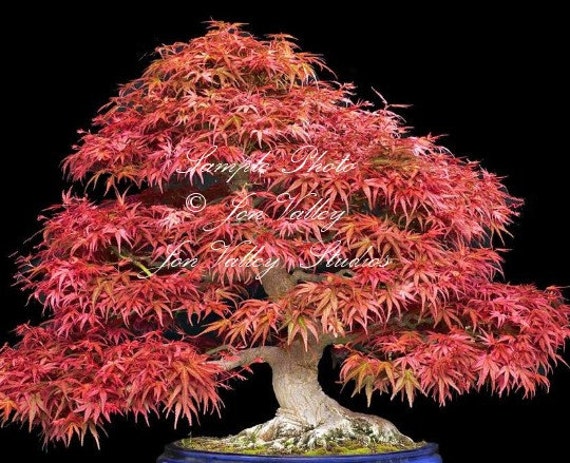
Once the 100-day cold stratification period is up – ideally in early spring – it’s sowing time. It’s fine for the tray to be exposed to freezing temperatures, frost, and snow during this period.

Place the tray in an area sheltered from the wind outdoors for 100 days. Instead of using a plastic bag, fill a seed starting tray with good drainage with your medium, and secure a screen on top to keep out any hungry rodents. Keep the media moist the entire time, opening the bag and spritzing the medium with water as needed.Ĭold stratification can also be done outdoors if you prefer. Place this in a refrigerator set to 33 to 39☏ for 100 days. Poke holes in the bag to increase air circulation, and place the baggie in a shallow bowl or box to catch any spills. Growing in pairs, they emerge in shades of green before maturing to red during the growing season. Put the viable ones in a zip-top plastic bag filled with a moist 50/50 mix of peat moss and sand. The seeds of Japanese maples are housed in samaras, which are propeller-shaped capsules that are one-half- to three-quarters of an inch in length, and a quarter-inch to three-eighths of an inch wide. “Warm” doesn’t mean “scalding,” though – if the water is too hot for your hand, then it’s too hot for the seeds.Īfter 24 hours, take a look at your seeds: the ones that sink are likely viable, while the ones that float should be discarded. Maple seeds have a tough coat, and may take up to two years to germinate naturally outdoors, so this will help to speed up germination. At this time, place the seeds in a bucket and soak them in warm water for 24 hours.


 0 kommentar(er)
0 kommentar(er)
